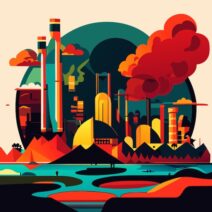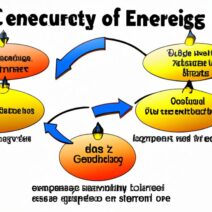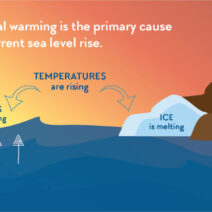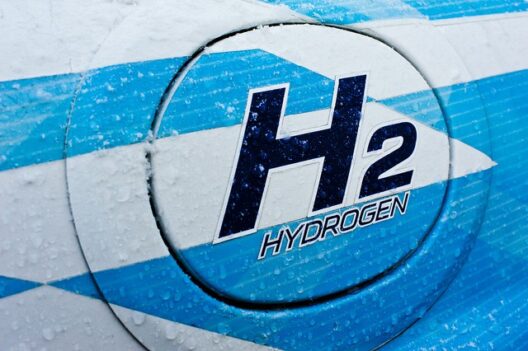The inexorable march of climate change compels an urgent reevaluation of how we harness energy. In the crucible of this global crisis, renewable energy sources emerge not just as alternatives but as lifelines to sustainability. These sources—solar, wind, hydro, geothermal, and biomass—are pivotal for reducing greenhouse gas emissions and fostering a cleaner environment. Conserving these resources not only shelters the planet’s ecosystem but also sustains the lifelines of future generations. Let us navigate the essential pathways through which we can conserve these invaluable renewable energy sources.
First and foremost, promoting energy efficiency at the consumer level serves as a cornerstone for conservation. Individuals and businesses alike must acknowledge and implement strategies to reduce energy consumption. The utilization of energy-efficient appliances is a salient starting point. These appliances, often labeled with Energy Star ratings, consume significantly less power than their conventional counterparts, thereby minimizing both energy demand and electricity bills. Additionally, the retrofitting of homes and offices with advanced insulation materials can dramatically decrease the need for heating and cooling, further conserving energy.
Public awareness and educational initiatives play an instrumental role in changing individual behaviors. A comprehensive understanding of energy conservation, from the grassroots to industry leaders, can catalyze community-wide movements. Programs that engage citizens in learning about sustainable practices—such as the intricacies of smart meters or the benefits of renewable energy subsidies—can inspire collective action to embrace energy-saving solutions. This transformative education encourages a culture of mindfulness regarding energy usage, uniting communities under a common goal of environmental stewardship.
Equally critical is the adept management of renewable resources. Sustainable practices in the harvesting of energy from these sources are paramount. For instance, responsible water management in hydroelectric systems minimizes ecological disruption. Protecting watersheds ensures that these systems continue to deliver energy without compromising aquatic ecosystems. Similarly, wind farms should be sited judiciously to mitigate effects on local wildlife, particularly avian populations, while still harnessing the power of airflow efficiently.
The integration of innovative technology represents another frontier in conserving renewable energy. The advent of smart grids enhances the efficiency of energy distribution, allowing for real-time monitoring and management of energy flows. This technology reduces waste by optimizing energy delivery based on actual consumption patterns, thus preventing excess energy production. Moreover, energy storage technologies, such as advanced batteries, permit the retention of surplus energy generated during peak production times for later use, ensuring a steady supply and reducing reliance on fossil fuels during high-demand periods.
Advocating for policy reforms is vital in institutionalizing renewable energy conservation. Governments must implement and enforce regulations that incentivize renewable energy utilization while penalizing wasteful practices. Introducing carbon pricing can shift the economic burdens associated with emissions, making renewable energy alternatives more financially attractive. Furthermore, subsidies for renewable energy projects can stimulate investment and innovation, propelling the transition towards a cleaner energy landscape.
At a community level, local initiatives focused on harnessing renewable energy can bolster conservation efforts. Establishing community solar projects enables collective investment in solar energy, allowing participants to offset their energy costs while promoting local sustainability. Likewise, grassroots movements can foster the installation of wind turbines in suitable locales, empowering communities to take ownership of their energy generation. Such projects not only promote conservation but also engender a sense of agency and accomplishment among participants.
Addressing the intersectionality of renewable energy conservation with socioeconomic factors is pivotal. Ensuring equitable access to renewable energy resources is essential in avoiding the entrenchment of existing inequalities. Programs that assist low-income households in accessing energy-efficient technologies or subsidizing renewable energy installations empower vulnerable communities while simultaneously advancing environmental goals. This holistic approach guarantees that the benefits of conservation extend to all strata of society, creating a sustainable and inclusive energy future.
The concept of circularity in energy use offers a compelling lens through which to view conservation efforts. By reimagining waste as a resource, communities can establish closed-loop systems that repurpose by-products of energy production. For instance, agricultural waste can be transformed into biomass energy, reducing landfill reliance while providing a renewable energy source. This regenerative paradigm not only conserves resources but also engenders resilience in local economies and ecosystems.
Taking a long-term perspective is crucial in the arena of renewable energy conservation. With climate change’s pervasive impacts already manifesting, it is imperative to invest in research and development that prioritizes sustainability. Developing next-generation technologies that enhance energy efficiency or capture carbon from the atmosphere represents a proactive approach to conservation. This vision for the future calls for collaboration among researchers, businesses, and policymakers, each contributing their expertise to forge innovative solutions.
Ultimately, the quest to conserve renewable energy sources is a symbiotic relationship between humanity and the planet. It involves a multifaceted approach—promoting efficiency, advocating for policy reform, employing technology, and fostering community engagement all play indispensable roles. By prioritizing the protection of these resources, we safeguard not only the environmental integrity of our planet but also the viability of future generations. It is imperative that we pivot our understanding of renewable energy from mere consumption to profound stewardship, ensuring that these lifelines remain robust and accessible for years to come.







